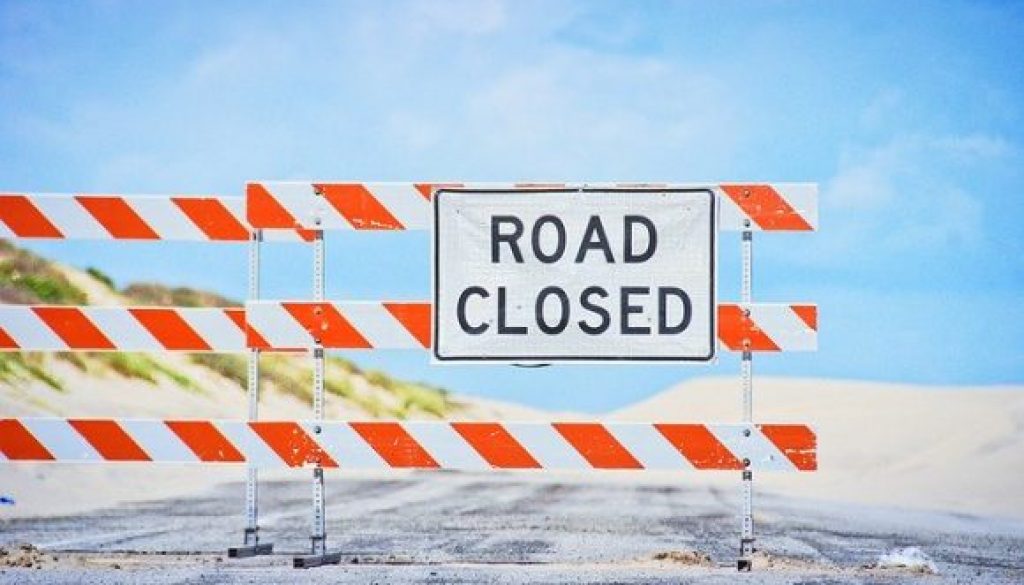Dead End
When you’re on an adventure and exploring unknown and unfamiliar roads, you’re bound to run into a Dead End or two. Sometimes old paths collapse or well-traveled roads need to be resurfaced. Sometimes the destinations themselves have been removed or relocated and the ways that used to lead to popular points on the map are no longer reliable or relevant.
A Dead End only has the power to delay your adventure, not bring it to an end.
If a destination is worth pursuing (if a goal is worth achieving) a Dead End should only slow you down, not cause you to discontinue your exploration altogether.
Your journey doesn’t stop when you hit a Dead End — it just takes an unexpected turn.
You never really know what obstacles you’ll encounter on the road until you run into them. If you were driving your normal route home from work tomorrow and and discovered a 30-foot fence had been erected at the entrance to the street your house is on, would just park your car at the gate and sit there awaiting oblivion?
Heck no!
You’d be checking your phone for news of your street closing. You’d be calling your friends and family and asking them why the street was fenced off and how they bypassed the roadblock to make it home.
At worst, a Dead End requires you to think a little more creatively.
You may need to make an adjustment like leaving your motor vehicle so you can continue on foot. You may have to park on a parallel side street and cut through a yard or two to reach your house. Or maybe you’ll need to dig your fingers and toes into the chain-link wire grid and start climbing.
Just as you’re always likely to encounter roadblocks, you’re also just as likely to quickly discover just how many potential pathways actually lead to your intended destination.
The journey isn’t over when you encounter a Dead End.
It’s the start of a brand new adventure.




